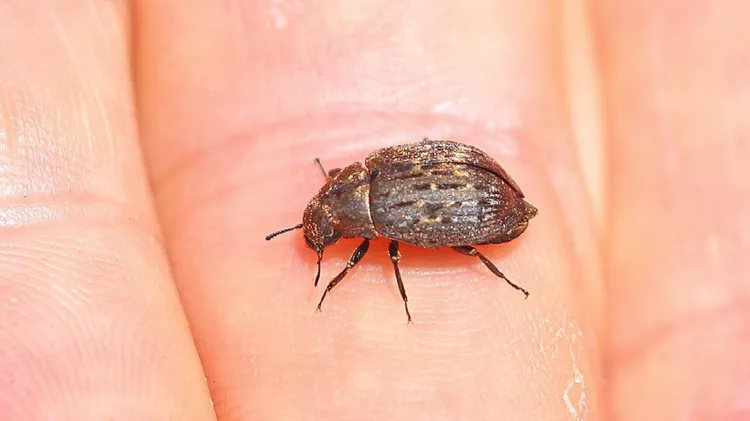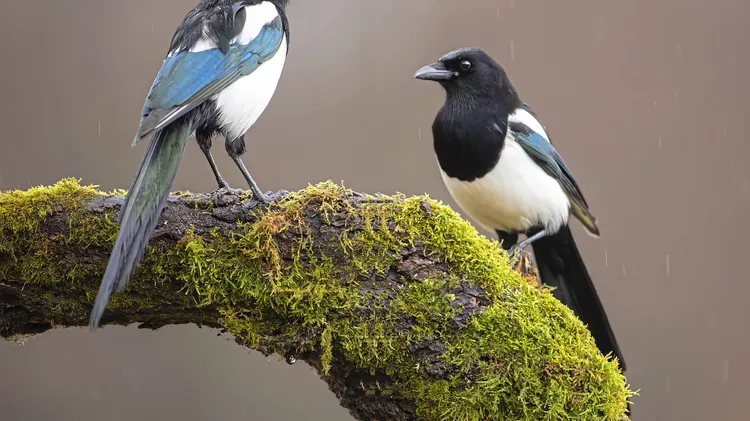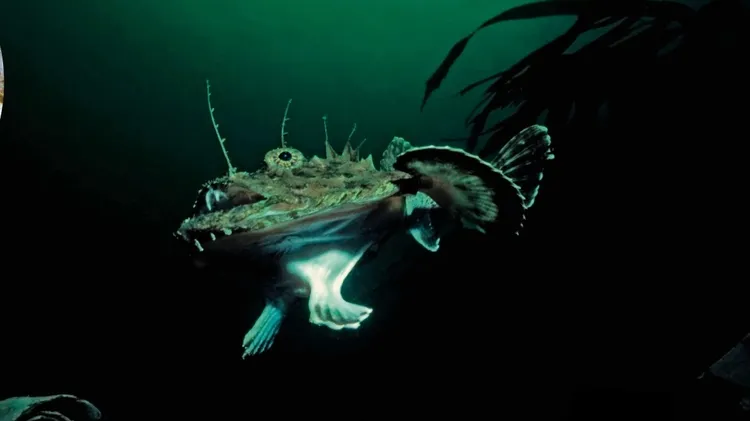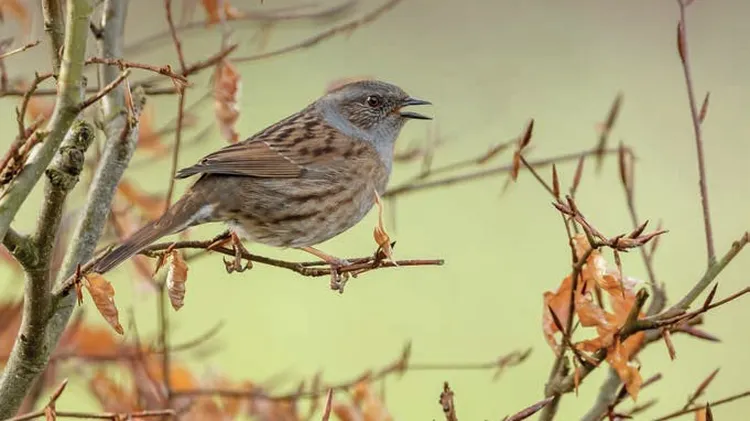Lucy Cooke reveals how flashy female fireflies fool hapless males
Female of the species
2 min read
This article is from...
Read this article and 8000+ more magazines and newspapers on Readly






